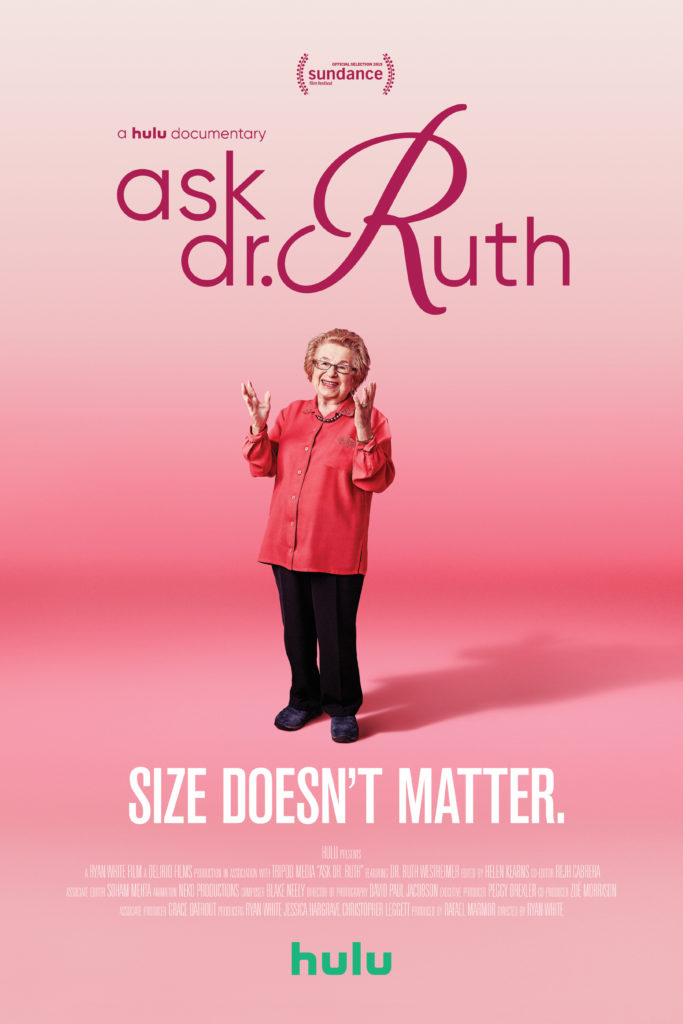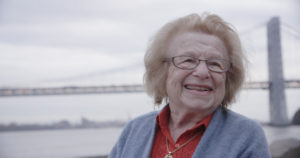Bioethics, Autonomy and Liberty of Movement Narrative Power
This article was first published on October 13, 2019, by Bioethics.net "Where the World Finds Bioethics."
THE LURE OF THIS LAND is a feature-length documentary by Alexandra Lexton. Lexton is a consummate film professional, writer, and narrative educator now stepping into the director’s chair. This work expresses a gentle passion for extracting primary motivating forces driving atypical protagonists. THE LURE OF THIS LAND (LOTL) is a filmic exploration of individual autonomy manifested by self-determination through the liberty of movement.
Here, autonomy is defined as the right of individuals to define and act in their own best-enlightened self-interest. Competent people are allowed to knowingly take risks with which many would not dare nor agree. In fact, some of this film's risk-takers might be considered less than competent and certainly quirky by virtue of their devil may care attitude. Shifting geographies is the essential mechanism through which those featured in The Lure of This Land have sought self-actualization. Their journeys reflect the principles set forth in The Freedom of Movement amendment adopted by the United Nations Human Rights Committee and the International Covenant on Civil and Political Rights in 1999. The amendment states that, “Liberty of movement is an indispensable condition for the free development of a person.”
Here, autonomy is defined as the right of individuals to define and act in their own best-enlightened self-interest. Competent people are allowed to knowingly take risks with which many would not dare nor agree. In fact, some of this film's risk-takers might be considered less than competent and certainly quirky by virtue of their devil may care attitude. Shifting geographies is the essential mechanism through which those featured in The Lure of This Land have sought self-actualization. Their journeys reflect the principles set forth in The Freedom of Movement amendment adopted by the United Nations Human Rights Committee and the International Covenant on Civil and Political Rights in 1999. The amendment states that, “Liberty of movement is an indispensable condition for the free development of a person.”
 |
| Director-Producer Alexandra Lexton |
Cultures are groups of people who draw a circle around themselves encompassing specific characteristics. Lexton’s protagonists have come from a broad range of backgrounds, most are first or second-generation ex-patriots making homes in Belize. Many of those interviewed hail from far-flung places but also some from nearer neighbors. Those asked but who chose not to be interviewed did so for reasons so complex as to warrant a separate film. Above all else, THE LURE OF THIS LAND is about people who move… SPOILER ALERT: You do not always get a storybook ending in the documentary. Exercising rights is not a panacea but more often a struggle. They chose to move to Belize.
Belize’s GDP ranks among the lowest in the world. The nation no longer has natural economic resources to harvest. The mahogany is gone with the British and the wealthier American neighbors to the North. Lexton’s Belizean expatriates appear to be those heeding the call of the better angels. Bordered by Guatemala, the Great Barrier Reef, jungle, rain forests, and Mayan World Heritages sites—the nation is hemmed in to the Northern Triangle of Central America from which many strive to escape. Each of the film’s characters operates from different religious, socioeconomic, and cultural bases. But, there is an overarching theme between the protagonists. Their need for freedom of movement, Human Rights and protection of the environment are interdependent—and they know it.
As LOTL rolls, savvy public health, scientific, and politically astute viewers want to ask, “What about Belize’s high rates of… HIV/AIDS, deaths of youths by a car wreck, rampant cardiovascular disease, persistent malaria, risks to the great barrier reef, or conflicts with Guatemala?” “This is not that film,” Lexton clarifies during her interview. She proudly states “You make the film you get.” Lexton commands viewers to attend to what you can learn from the narrative not what you don’t—though she recognizes an alert audience stimulated to know more is always an honor.
In clinical practice, other helping professions, and research, workers are obligated to intersect with people about whom they have little understanding. Catchwords like ‘diversity’ and ‘disparity’ abound in professions as shortcuts. But they are almost always euphemisms for race and class. There are characteristics of people who are not dependent on socio-economic indicators but something of a more innate human condition than the man-made. THE LURE OF THIS LAND defies the use of simple reductionist paradigms for how its characters simultaneously alike and different.
The power of documentary film applied to bioethical thought is in the demands made on the listener to engage in hearing complex narratives well enough to explore their meanings. Initially, the verbal expressions of those people in the LURE OF THIS LAND seem as foreign as Klingon. Lexton lets us see how different these wanderers are from linear thinkers. The magic of Lexton’s integration of the unique environs and these people forces us to practice not just listening but truly hearing.
The film’s process digs a berth into the audience’s way of seeing things. LOTL provides an alternative narrative structure to the dominant ones on expatriation. Surprisingly this screen work changed the writer of this review’s biases. Those biases were generally negative towards expatriates from wealthy nations—assuming that they all were taking up digs and living above the standard of their new home’s majority peoples. Changing points of view is a good thing for bioethicists and are, in fact, a part of our jobs.
Another secret weapon of THE LURE OF THIS LAND is that the film turns the popular “migration under duress” paradigm on its head. How self-determination, not self collapse, manifests as liberty of movement clarifies that ‘migration’ is not running away but toward. ‘Migration’ may be on a continuum with, but is not the same as, being a refugee or seeking asylum. This film posits that the intuition sparking migration derives from the well-spring of self-realization, not terror. The liberty of movement is the visible sine qua non of autonomy whether it be switching home geographies or choosing how one saunters down a street.
In this little movie, Alexander Lexton forces viewers to pass through the looking glass into a world were people consciously attempt to escape arrested development. THE LURE OF THIS LAND is a gift that can help bioethics expand the understanding of autonomy.
Screening Contact Information HERE


